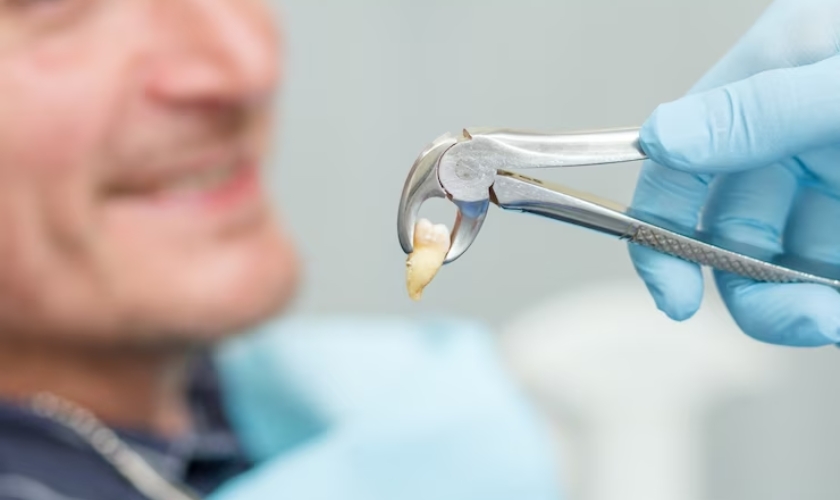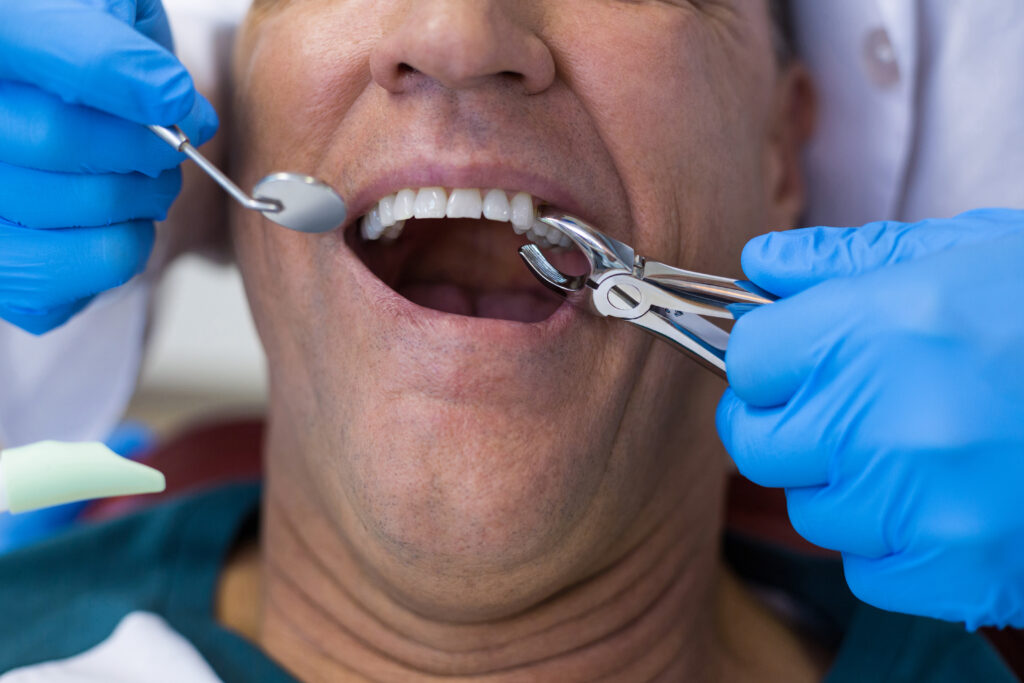6 Essential Tips For Tooth Extraction You Need To Know

Tooth extraction is a common dental procedure that involves removing a tooth from its socket in the jawbone. Whether it’s due to severe decay, trauma, overcrowding, or other dental issues, understanding the process and how to care for yourself afterward is crucial for a smooth recovery. In this comprehensive guide, we will explore six essential tips for tooth extraction, covering everything from preparation to aftercare, ensuring you’re well-informed and prepared for this procedure.

1. Consultation and Preparation
Understanding the Need for Extraction
Before undergoing a tooth extraction, your dentist will evaluate the tooth’s condition and determine if extraction is necessary. Common reasons for extraction include:
- Severe Tooth Decay: When a tooth is extensively decayed and cannot be restored with a filling or crown.
- Gum Disease: Advanced periodontal disease can cause teeth to become loose and require extraction.
- Impacted Wisdom Teeth: Wisdom teeth that are impacted or causing issues with neighboring teeth may need to be extracted.
- Orthodontic Treatment: Teeth may need to be removed to make room for orthodontic treatment, such as braces.
Preparing for the Procedure
Your dentist will discuss the procedure with you and may take X-rays to assess the tooth’s position and roots. They will also review your medical history to ensure you are prepared for the extraction.
2. Types of Tooth Extraction
Simple Extraction
A simple extraction is performed on a tooth that is visible in the mouth. The dentist loosens the tooth with an instrument called an elevator and removes it with forceps.
Surgical Extraction
A surgical extraction is more complex and is performed on teeth that may have broken off at the gum line or are impacted within the jawbone. It may require an incision in the gum and sometimes involves removing bone around the tooth or cutting it into pieces for easier removal.
3. During the Extraction Procedure
Anesthesia and Pain Management
Your dentist will administer local anesthesia to numb the extraction site. For more complex cases or if you’re anxious, sedation anesthesia may also be used to make you more comfortable during the procedure.
Extraction Process
During the extraction, you may feel pressure but should not feel pain. If you do feel pain, inform your dentist immediately. Once the tooth is removed, the dentist may place stitches to close the gum tissue if necessary.
4. Immediate Post-Extraction Care
Managing Bleeding
After the extraction, your dentist will place a gauze pad over the extraction site to help control bleeding. Bite down gently on the gauze for about 30-45 minutes. If bleeding persists, replace the gauze pad and continue biting down.
Pain Management
You may experience some discomfort and swelling after the procedure. Your dentist may recommend over-the-counter pain relievers like ibuprofen or prescribe stronger medication if needed. Apply ice packs to the outside of your face to reduce swelling.
Rest and Recovery
Rest for at least 24 hours after the extraction. Avoid strenuous activities and rest with your head elevated to minimize swelling.
5. Long-Term Care and Recovery
Proper Oral Hygiene
Continue to brush and floss your teeth as usual, but avoid the extraction site for the first 24 hours. Afterward, gently rinse your mouth with warm saltwater to keep the extraction site clean and promote healing.
Diet Modifications
Eat soft foods like yogurt, applesauce, and soup for the first few days after extraction. Avoid hot, spicy, and hard foods that may irritate the extraction site.
Avoid Smoking and Drinking through a Straw
Smoking and using a straw can dislodge the blood clot that forms in the socket, leading to a painful condition called dry socket. Avoid these activities for at least 24 hours after extraction.
6. Follow-Up Care and Monitoring
Post-Extraction Appointment
Schedule a follow-up appointment with your dentist to monitor healing and remove any stitches if necessary.
Signs of Complications
Contact your dentist if you experience severe pain, excessive bleeding, fever, or swelling that worsens after a few days, as these may indicate complications.
Tooth extraction is a routine dental procedure that can effectively treat a variety of dental issues. By understanding the process and following these essential tips for preparation, during the procedure, and aftercare, you can ensure a smoother recovery and minimize the risk of complications. Remember to follow your dentist’s instructions carefully and seek prompt dental care if you have any concerns or experience unusual symptoms. With proper care, you can promote healing and maintain good oral health following tooth extraction.

